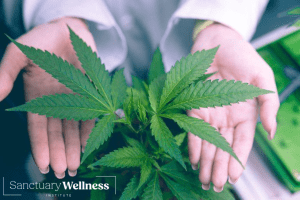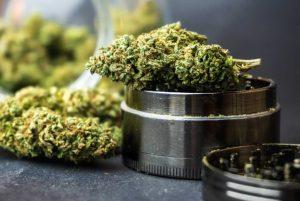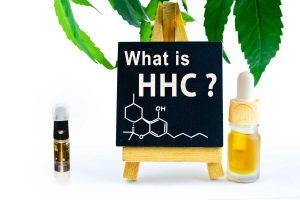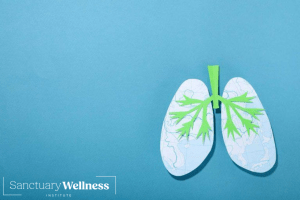- Jake Peter
- Published: November 7, 2023
- Updated: November 7, 2023
- Fact-checked by Dr. Desiree Granados
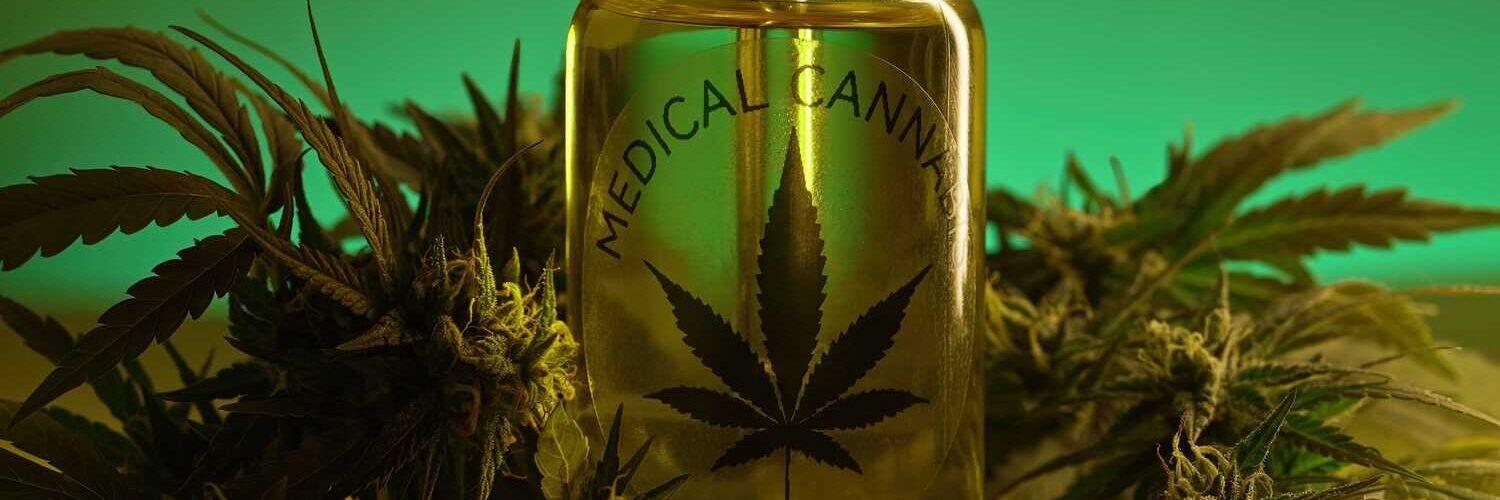
Cannabis tinctures are one of the most commonly-sold forms of medical marijuana. Patients can use them to alleviate the symptoms of their qualifying medical conditions. Tinctures are created through the extraction of compounds like CBD and THC from the cannabis plant. The resulting product is an edible form of marijuana.
Tinctures are a safe and effective consumption method. Their straightforward delivery system makes them ideal for patients who are new to medical marijuana. At the same time, their variety and potency attract experienced cannabis patients.
How you consume a tincture determines the nature and longevity of its effects. Therefore, it’s important to understand how to use them properly.
What Is a Cannabis Tincture?
Tinctures are highly concentrated forms of medical marijuana. Dispensaries typically sell them in bottles that include a small dropper. The liquid cannabis contains THC, CBD, or both compounds, depending on the formulation.
Tinctures are usually made using alcohol and can contain plant oil or glycerin. Alcohol is the most common solvent in tinctures because it preserves the THC or CBD and guards against oxidation.
Benefits of Using Cannabis Tinctures
Cannabis tinctures are meant for oral consumption. Ingesting marijuana orally minimizes the negative effect on the lungs a user would experience from smoking or vaping cannabis. Many patients find tinctures more tolerable than other delivery methods.
Tinctures are also easy to store and require fewer considerations regarding freshness and preservation than marijuana flower or prerolls. Consuming tinctures is more discreet than other methods because they do not emit an odor. Finally, tinctures also allow you to control how quickly your medical marijuana begins alleviating your symptoms based on how you ingest it.
Do Tinctures Get You Higher Than Edibles?
The longevity and intensity of a high is dependent on the potency of the marijuana, individual biochemistry, and your unique tolerance level regarding marijuana products. While the concentration of tinctures is generally much higher than edibles, patients consume them in much smaller doses. Tinctures produce effects faster than edibles, making them a good option for those who want rapid symptom relief.
If you’re trying tinctures for the first time, it’s always best to ask dispensary staff for guidance. Generally, beginning with a small dose is best so you can gauge your body’s response to your chosen product.
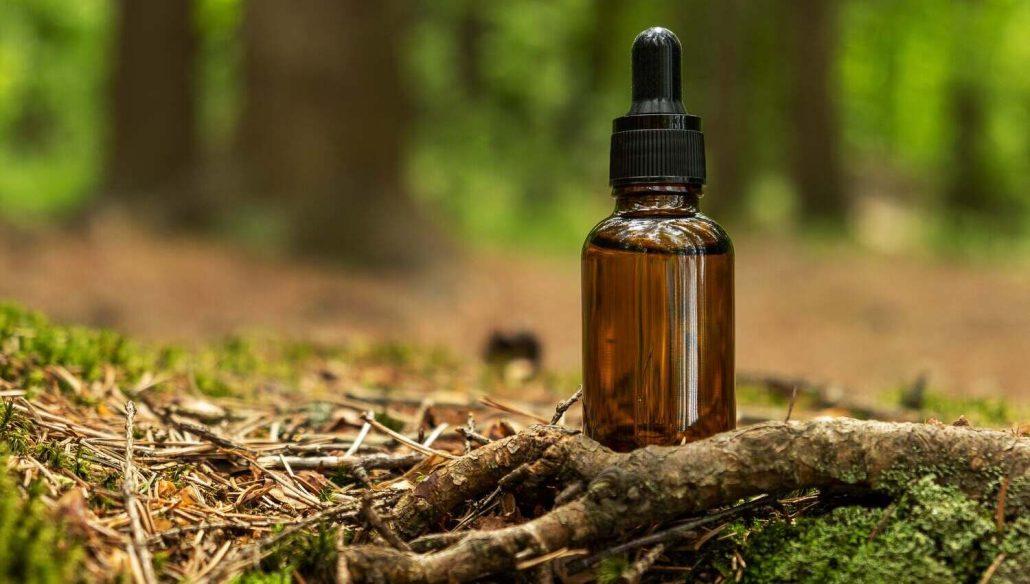
How to Use Cannabis Tinctures
The most common way to use cannabis tinctures is by placing the recommended dose under your tongue using the dropper. Patients then hold the liquid there for 20 to 30 seconds before swallowing. This method, called sublingual ingestion, allows the marijuana to enter your bloodstream quickly because the cannabinoids don’t have to be broken down in the stomach.
Tinctures can also be blended into drinks or inserted into prepared foods. It is essential to be aware of how much of the tincture you add to your food or drink to ensure proper dosing. Many patients choose this method when they dislike the taste of the tincture they’re consuming. This method will have a similar onset time to an edible.
You can also use the tincture as an ingredient when making baked goods or other foods. It is essential to properly dose the tincture relative to the recipe to consume the appropriate dose per serving.
You may also place the drops in your mouth and swallow them immediately. This method will produce longer-lasting effects than consuming the tincture sublingually, but the effects will take longer to set in.
How to Pick the Right Tincture
Dispensary workers are valuable resources who understand their facilities’ product lines. They can make recommendations about which strains of medical marijuana and which types of tinctures may best address your symptoms. Medical marijuana products, including tinctures, contain sativa, indica, or hybrid cannabis.
Experts generally recommend sativa strains for their uplifting and stimulating effects. They can help patients alleviate their anxiety and increase their appetite. Sativa generally contains more THC than CBD.
Indica strains are generally associated with calming and body highs. They are considered valuable for nerve pain, muscle tension, and insomnia. Indica strains contain more CBD than sativa strains.
Blended strains combine the effects of both indica and sativa strains. Generally, the best approach is to try multiple strains and brands to find the product that best suits your needs.
How to Store Cannabis Tinctures
It’s always best to store all medical cannabis, including tinctures, in their original packaging. Keeping your tincture in a cool, dark place will protect it from heat and light, which can degrade medical marijuana and diminish the tincture’s effectiveness.
It is essential to store the products securely and separately if you blend your tincture into food or drinks or use it as an ingredient when preparing food. These precautions will preserve your medical marijuana and prevent unintentional consumption.
Why Choose the Sanctuary?
The Sanctuary Wellness Institute is committed to helping prospective medical marijuana patients navigate the entire medical marijuana card application process, starting with an evaluation by an approved physician.
If you’re interested in using medical cannabis products like tinctures, contact us today to learn more and schedule a medical marijuana evaluation.
How we reviewed this article:
- Marijuana Tincture vs. Vape vs. Edible
https://greencultured.co/marijuana-tincture-vs-vape-vs-edible/ - Comparing the Effects of Tinctures vs Edibles
https://healer.com/blog/tinctures-vs-edibles/ - A Guide to Sativa Strains
https://www.healthline.com/health/sativa-strains - Know Before You Stow – Safe Marijuana Storage
https://mtrevenue.gov/cannabis/education/know-before-you-stow/
Current Version
November 7, 2023
Written By
Jake Peter
Fact-checked By
Dr. Desiree Granados
Editorial Process
Our Editorial Process

Jake Peter received his journalism degree from Emerson College and has been writing content for the Sanctuary Wellness Institute since 2021. He is passionate about all things cannabis.

